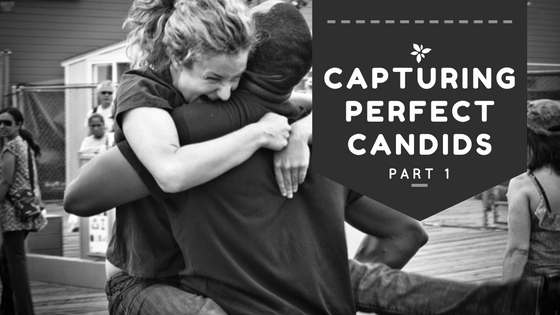No matter how flattering and natural your posing and how your high-quality equipment, nothing will ever truly capture the essence of a beautiful moment, time, place, or relationship like a skillful candid shot. Although there’s much less preparation and time to flex your technical finesse, candid photography might just be the hardest to pull off.
The perfect candid will appear entirely effortless and unplanned, a natural, crystalized moment, and yet also be beautifully framed and composed for maximum effort — a tall order in the best of circumstances, and a real talent when it comes with almost no preparation or adjustment. That being said, there are plenty of things you can do to stack the odds of that perfect shot in your favor.
Never Leave Home Without Your Camera
Rule number one. You simply never know when the perfect shot will align in front of you — it’s your job to be ready to capture it even at the most unexpected moment. Often the most beautiful photos are the ones you never expected to take, the ones you would have missed if the circumstances had lined up just a little differently.
Be Stealthy
Nothing ruins a candid like the subject noticing you wiping out your camera. They suddenly grow stiff and awkward, or else they try to pose and ruin the spontaneity and naturalism of the shot. In order to avoid detection, always keep the flash off whenever possible. If you’re shooting from a little outside the action, this is one instance where I’d advise using your zoom instead of walking closer. If you’re using a phone camera, it’s easy to pretend you are using an app or taking a call, and if you’re using a traditional camera it may be worth it to try shooting from a lower angle instead of bringing the camera up to your face and drawing attention to it.
Shoot First, Think Later
If the moment is fleeting, don’t waste time setting up the perfect shot — just click the shutter. The beauty of digital us that you can take as many pictures as you want, and choose the best later with the luxury of time on your side. So by all means, fiddle with the settings, experiment with the angle, and play with the framing — just do it all while actively shooting. That way, you’ll have a series of better and better photos as you perfect the shot, but you’ll already have what you need whenever the moment ends. And take many, many pictures. Often the transitionary photos have a special magic and energy to them that the ones you planned carefully do not. Always err on the side of more frames to work with and worry about the details later.
Head over to Part Two for even more candid insights!

